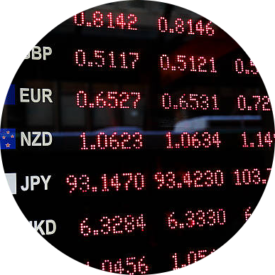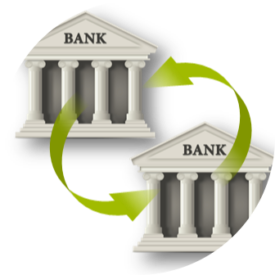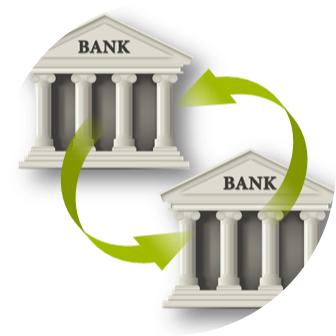How do you get a rate close to the mid market rate?

A lot of the time the internet is seen as the ‘go to’ resource for ensuring that you are being quoted a competitive exchange rate. You can read more about online rates here, but in short, you are more likely to see indicative rates and retail rates on websites. In other words, the opposite end of the mid market rate with very large spreads.
Historically, you will find that banks have the highest spreads (the worst exchange rates for you the transferee). In addition, the majority of FX brokers, whether online or on a person to person basis, also tend to deal at a retail rate level.
With the advent of technology and more competition, there is now the option for you to obtain transparent charging. This means that FX brokers, such as Incompass, will tell you the exact spread you are going to pay from the mid market rate.
It is only by dealing with FX brokers, who offer this transparency, that you will know exactly what ‘cost’ is associated with your transfer and that you are getting a competitive exchange rate.
Find out more about how Incompass can help you with transparent charging and market leading rates, coupled with excellent personal service.










